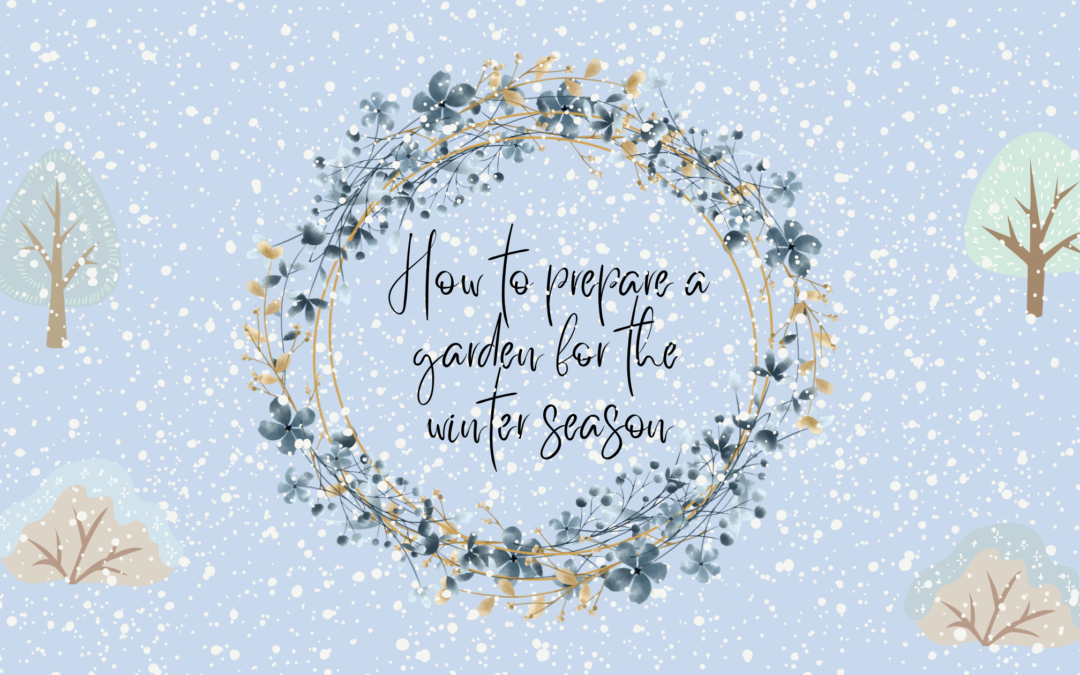Written by: Zack Sher
Preparing a garden for the winter season is often viewed as a daunting task, but in reality, the process is quite simple! The southern Ontario winter season, in particular, generally begins in late November, so now is the perfect time to commit to winter preparations. Preparing for the winter season is also essential to the long-term well-being of your garden, and the general process breaks down into five easy steps!
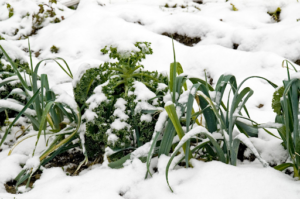
Firstly, make sure you clean up any diseased plants in your garden. Diseased plants can harbour funguses and pests, and deplete the soil of valuable nutrients. Start by looking for any withered or unfamiliar plants in your garden, and from there, tug them out from their roots. It’s best to use gardening shears when doing so, but using your hands with protective gloves will work too!
Similarly, it is essential that all invasive weeds are removed from the garden bed. Throughout the growing season, invasive weeds are very easy to gloss over. So as your garden becomes less dense in the weeks proceeding the winter season, make an effort to look for any unrecognizable weeds. Leaving these defectors in the soil can have detrimental effects on your garden come springtime, and digging up them now is the only way to prevent their emergence going forward. Some of the most common invasive weeds in southern Ontario are bull thistles and cypress spurge, so make a continuous effort to scan for weeds of this sort!
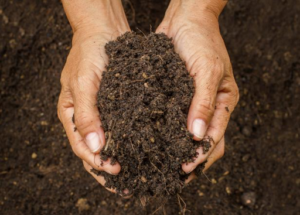
Thirdly, adding soil amendments now, rather than during spring, will only help bolster the future health of your garden. Common soil amendments are manure, compost and mulch, and these substances enrich the soil’s structure. This helps in protecting the soil over the course of the winter months and better primes your garden for the next growing season. Soil amendments can be found at gardening stores, but can also be found in your own backyard; they are simply organic residues. The application process consists of coating the soil with a thin and evenly dispersed layer of product, and is very effective!
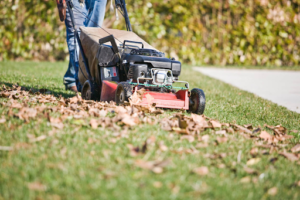
An excellent DIY (do it yourself) tip is running over the leaves on your property with a lawnmower, and then raking the remains into your garden. Worms will naturally move the leaves into the soil come springtime, which provides added nutrients for the soil in your garden! This is a very cost-effective way to add soil amendments to your garden and only requires a basic lawnmower.
Fourthly, an often overlooked component of preparing your garden for the winter season is properly storing any unused seeds. Seeds survive best in cool and dry environments and suffer when exposed to direct heat sources. So moving seeds into air-tight and dry locations is essential to their survival come springtime. An effective and common location for seeds is a simple Tupperware. Containers of these sorts eliminate air flow and protect seeds from the varying temperatures within a house. The cool and dry nature of your basement or shed makes them an ideal spot to place your seed containers!
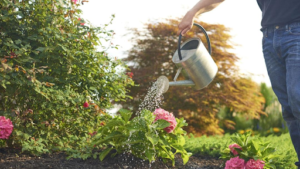
Finally and arguably most importantly, water your plants in the days proceeding to the first frost. Watering plants too early can harm their ability to go dormant, and it is far more beneficial to wait until right before the ground freezes. There are numerous gardening applications and journals that give accurate and timely information regarding this topic. Furthermore, weather applications provide detailed insight into when the first frost will come, giving you an accurate window of when to water your garden!
See― preparing your garden for the winter season isn’t too scary; it’s a simple and easy process that yields excellent results!
Works Cited
https://northernhomestead.com/preparing-the-garden-for-winter/
https://homesteadingfamily.com/12-things-you-must-do-to-prep-the-garden-for-winter/
https://blog.cwf-fcf.org/index.php/en/how-to-prepare-your-garden-for-winter/
Images:

